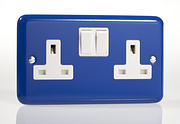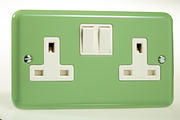Indeed so. However, IF there are already three phases going to the cutout, then the cost of moving to a 3-phase supply could be 'minimal'. On the other hand, if all 3 phases are not going to the cutout then the cost of getting a 3-phase supply could well be ££££ - and, as you imply might be similar to the cost of changing to LEDs.Going back to the original question, what is the budget to get a 3 phase supply (or even just to get a second supply at the same phase)? The reason I ask is that it might be cheaper (and greener) to use that budget to buy the LED stage ligts and problem somved a lot cheaper and quicker.
Kind Regards, John




